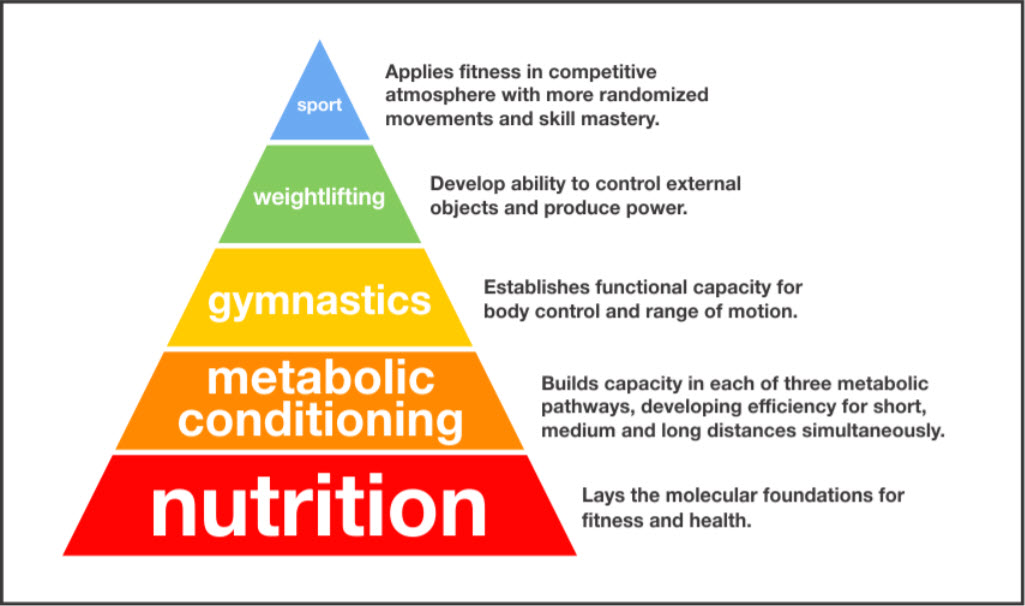Did you know the average American carries an extra 23 pounds on top of their ideal body weight?
…and when we say “ideal body weight” we do not mean looking sculpted, ripped, jacked, skinny, thin or any of those other words that most people attribute to what they think they should weigh or look like.
Carrying an extra 23 pounds is the equivalent of carrying an average 2-year-old for 24 hours a day, seven days a week! If you put it in that context…that’s exhausting!
Your ideal body weight is called your “set point”.
Everyone has a set point and it’s different for each individual. A healthy “set point” includes carrying a healthy amount of muscle and a healthy percentage of body fat (which differs per person).
When you find your set point, it’s easy to stabilize and stay consistent over decades. It doesn’t feel like deprivation to stay at that particular weight, nor does it feel good to slide into that extra 5 pounds over. You should become 100% intuitive about your body and will know if something is off.
But finding your set point takes one particular thing: consistently good nutrition.
Notice, we didn’t say strict…. just consistently good, which is awesome because you can get really great results with “consistently good”.
Before we dive into the Top 3 Mistakes We See on Food Logs, below is what’s called the Fitness Pyramid.

In simplest terms, it basically means that without solid nutrition as your base, anything above that (ie. exercise) becomes really hard, cumbersome, full of plateaus, low energy, lacking in recovery, riddled with burn-out and more.
After reading food logs for so many years, there are a handful of consistent trends that are the main sticking points for the average person. We’ll keep it simple with the top 3.
UNDER-EATING
Hands down, this is the most consistent mistake. You’d think it would be the opposite for someone who is trying to “lose weight”….but it’s actually not what we typically find on a food log.
This is what under-eating looks like on a typical food log:
No breakfast, just coffee out the door
Sandwich or wrap for lunch with a Diet Coke
Don’t eat all afternoon
Hamburger for dinner with an iceberg lettuce salad
The above example barely even hits 1200 calories. Eating around 1200 calories per day is not okay. That’s not enough calories to keep your metabolism burning, nor is it enough calories to make significant amount of change in body composition when you are trying to exercise too.
The average female we see at the gym is typically eating less than 1200-1500 calories per day. The average male? Maybe around 1500 give or take. Both too low when they are trying to get results.
The good news is, you get to eat MORE! Who doesn’t like to eat more? Sounds like an awesome plan to us.
NOT ENOUGH PROTEIN
Protein intake works like a charm. Meat, fish, eggs and whey (if you’re in a pinch for time) elicit a hormonal response that helps you burn your body fat.
This is what too low of protein looks like on a typical food log:
1 egg for breakfast with a bagel and coffee
Skip lunch or forget to eat
Granola bar for afternoon snack
Sushi for dinner out with friends
Protein works because it’s slow to digest and it keeps you full longer. It takes a lot of energy to digest, so its thermal effect is an advantage to you and your metabolism.
Basically, getting some amount of protein in every meal and snack is crucial to keep you going all day long. That means a few eggs here, some grilled chicken there, some salmon on a salad at lunch, a steak for dinner, etc.
Protein is going to help you build a healthy amount of muscle too while you’re aiming to lose excess body fat.
INCONSISTENCY
This is what inconsistency looks like on a typical food log. We’ll give a 3 day example.
Thursday:
Skip breakfast
Burger, fries and Pepsi on lunch break
Nothing all afternoon
Happy hour drinks (2 of them, you need to drive)
Appetizers, especially the nacho plate
Friday:
Feel guilty about the nachos, no breakfast
Cobb salad for lunch on break (trying to be healthy)
Pretzels and a Diet Coke in the afternoon (low calorie)
Steak on the grill for dinner with a potato and canned corn, milk
Saturday:
Sleep in, then pancakes and bacon (hey, it’s the weekend!)
Favorite coffee drink (ie Frappuccino) with a friend
Bowl of cereal in the afternoon
3 micro beers, pizza and a Mediterranean salad out with friends
It’s tough to make any progress when you’re pulled between what you “think is healthy” to what you know isn’t healthy. Too much back and forth, up and down, calorie restriction versus calorie overload…. skip meals here, indulge over there.
It sounds cliche’, but consistency is key.
If you’re feeling lost in the sea of nutrition, we’ve got good news for you! We can help you nail down a plan with one of our nutrition coaches.
Step 1: Schedule a consult with a nutrition coach and get your body composition measured. This will show approximately how many calories are good for your body and how to implement them into your week.
Step 2: Have your nutrition coach read 3-5 days of your “normal habits” food log via My Fitness Pal.
Step 3: Execute your new plan with your nutrition coach while being guided, held accountable and learning to implement new habits one step at a time.
Step 4: FEEL AMAZING!
